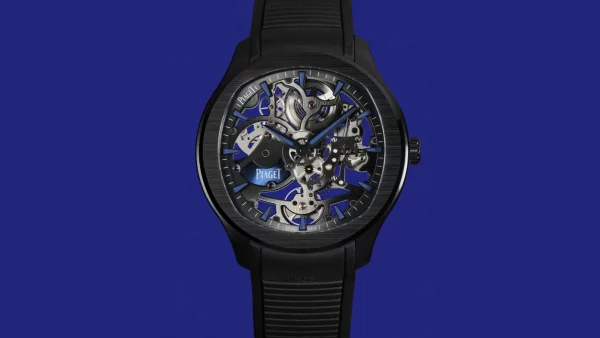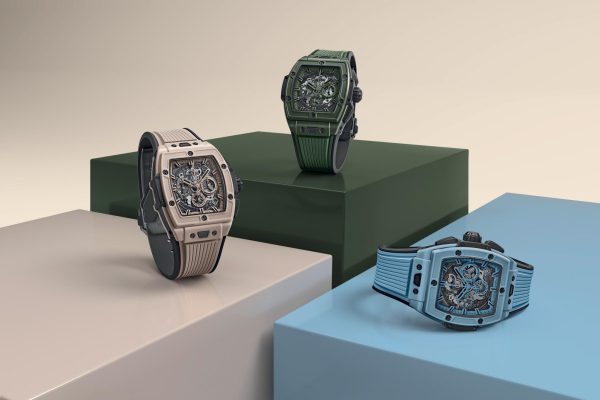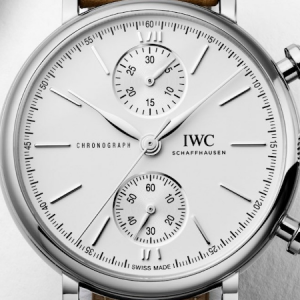For thousands of years, humans have used ceramics for various purposes. Archaeological evidence suggests that ceramics have been made for at least 26,000 years by heating clay and silica at high temperatures to create a hard and durable material.
However, contrary to popular belief, the earliest use of ceramics was not for making tableware but for creating small figurines. It wasn’t until the 1970s that this material made its way into the world of horology. IWC pioneered the use of ceramics in watches, taking advantage of its scratch-resistant, oxidation-resistant, and hypoallergenic properties.

Enquire now
The Evolution of Ceramics in Horology
Over the past few decades, ceramic watches have become increasingly common. Many renowned brands, such as Tudor, IWC, and Hublot, offer ceramic-based models.
The ceramics used in the watchmaking industry are vastly different from conventional ceramics found in bathroom tiles. Traditional ceramic materials are generally made from clay minerals like kaolinite, whereas advanced ceramics in horology are composed of aluminum oxide or alumina.
This type of ceramic is more durable and stronger than ordinary ceramics. To provide a premium and luxurious feel, ceramics used in watches are made from pure metal compounds.

Enquire now
Modern Ceramic Technology in Watches
Today, advanced ceramics are made using silicon carbide and tungsten carbide. These materials are highly valued for their abrasion resistance, making them commonly used in various industrial applications, such as wear-resistant plates in mining equipment. Additionally, advanced ceramics are utilized in medical devices, electronics, and ballistic protection.
Some significant models that marked the early era of ceramic watches include the IWC Da Vinci ref. 3755, released in 1986, available in black or white ceramic variants. In recent years, innovations in ceramic coloring have continued to develop. Brands like IWC, Audemars Piguet, and Hublot have introduced watch collections featuring striking ceramic colors.
Ceramics have evolved from an ancient material into an advanced substance that defines new standards in horology. With its durability, lightweight nature, and modern yet luxurious aesthetics, ceramics are increasingly favored as a primary material in watchmaking.
Unlike gold, whose price fluctuates with the precious metals market, ceramic pricing is more flexible and depends on the technology and innovations applied. Today, ceramics are no longer just an alternative to metal but have become a symbol of exclusivity and high technology in the world of watches.

Enquire now
Ceramics: The New Gold
In horology, ceramic materials are gaining prominence in luxury watch collections—not only for their exceptional durability and scratch resistance but also for their modern and elegant appearance. Interestingly, ceramic watches are now valued on par with gold watches, reinforcing the exclusivity and prestige of this material.
For instance, Audemars Piguet’s Royal Oak Perpetual Calendar Black Ceramic is priced similarly to its gold counterpart. Meanwhile, Hublot has introduced a similar innovation with its Big Bang Integral Ceramic collection, rivaling its gold variant in terms of price and prestige. With these developments, ceramics continue to prove themselves as a luxurious material equivalent to gold in the watchmaking industry.
Do you want to add some ceramic timepieces to your collection? Visit The Time Place boutique for more information.




